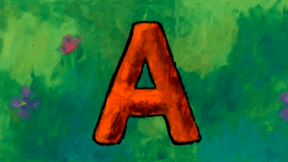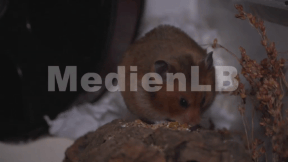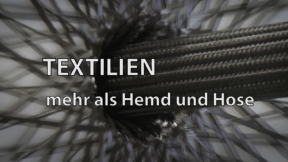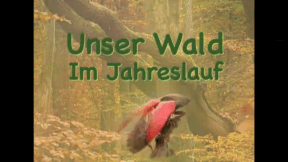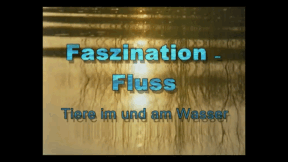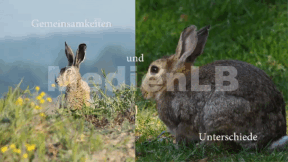Suche:
- # Artistry
- # Biology
- # Chemistry
- # Ecological
- # Economy
- # English
- # Foreign Language
- # Geography
- # German
- # Health
- # History
- # Informatik
- # Latin
- # Mathematics
- # Media Education
- # Music
- # Physics
- # Politics / Civics
- # Preschool
- # Primary School
- # Religion
- # Society
- # Sports
- # Technology
- # Training of Teachers
- # Vocational Education
A wie Affe, B wie Bär
Wir, Tiere der Welt, manche groß, manche klein, laden dich ganz herzlich zu uns ein.
Learn moreHamsters
Hamsters are small rodents that have four sharp incisors. They are related to mice.
Learn moreChildren’s Rights in Germany
25 years have passed since the Convention on the Rights of the Child was adopted unanimously by almost all countries of the world.
Learn moreTextiles
When we hear the word “textiles“, we automatically think of things we put on – such as shirts, trousers, pullovers, caps or other things to wear. But there are far more textiles in our everyday lives. Actually, the word textiles means that these are generally things or goods made of single fibres or threads or yarns. For a long time now, we have not been using textiles for clothing only, but also in many other different domains of our lives. Every day, we use various household textiles at home – they range from the fabric sofa to the towel we dry ourselves with after washing or bathing. But today, modern textiles are also used as construction material – for example to make cars or bikes. These vehicles are particularly energy efficient because textiles are significantly lighter than metal.
Learn moreThe Forest
As a part of the natural landscape in which our children grow up, the forest with its flora and fauna is an important subject in primary school teaching. The focus of the systematic discussion of this versatile habitat is, of course, the children’s spontaneous, all-round experience of the forest. However, in particular with the animals and birds of the forest, it is not always easy to enable the children to have a real-life encounter. This DVD is aimed at helping the children to get familiar with the forest habitat in the course of a year. The film addresses the following topics: Early bloomers, courtship and breeding behaviour of selected forest birds, ground dwellers, the badger family, the fat dormouse family, forest fruits and the forest in winter. The DVD is excellently suited either as an introduction to the topic of forest or as a tool offered to the children for individual tasks or project work.
Learn moreDomestic Animals
As different as the various breeds and races of pets and domestic animals are, as different are our ways of dealing with them.
Learn moreFascination River
Brooks and rivers cross our country. They burst their banks in their natural course and form many habitats for plants and animals. Let us start on a journey of discovery together and experience nature in all its diversity along an intact river system with running and stagnant waters. Water is the source of life on our planet. The sturgeon is among to the oldest species alive on earth today. Sturgeons are also called “living fossils”, since they occurred already 250 million years ago and have survived, contrary to dinosaurs. The sturgeon spends most of its time at sea. But at the onset of sexual maturity the fish wanders hundreds of kilometres upstream for spawning. The eggs of the sturgeon are caviar. As it is also a popular food fish, it was almost exterminated due to intensive fishing and the loss of its natural habitats. For a couple of years, the sturgeon has been returned to the wild in the rivers Oder and Elbe and one day maybe you'll have the chance to watch it circling around at the bottom of the river.
Learn moreSprache untersuchen
Der liebevoll animierte Film führt Grundschüler:innen in die grundlegenden syntaktischen Strukturen ein. In einem eigenen Kapitel werden die Wortarten vorgestellt und deren Verwendung dargestellt.
Learn moreDie innere Uhr
Der Faktor Zeit bestimmt unser gesamtes Leben. Manchmal scheint sie dabei still zu stehen und manchmal scheint sie nur so zu rennen. Zeit ist zwar eine physikalische Größe, die sich durch Uhren bis auf Millisekunden messen lässt. Das tatsächliche Zeitempfinden ist aber bei jedem Menschen individuell unterschiedlich. Woran liegt es, dass dem Einen eine Stunde ewig lang vorkommt, der Andere aber das Gefühl hat, es sei nur ein Augenblick vergangen? „Schau dich schlau!“ will wissen: Was ist mir unserem Zeitgefühl los? Was bedeutet Zeit überhaupt?
Learn moreHare and Rabbit
How do we distinguish between a hare and a rabbit? At first sight, both look confusingly alike for both have long ears and a stumpy tail.
Learn more




